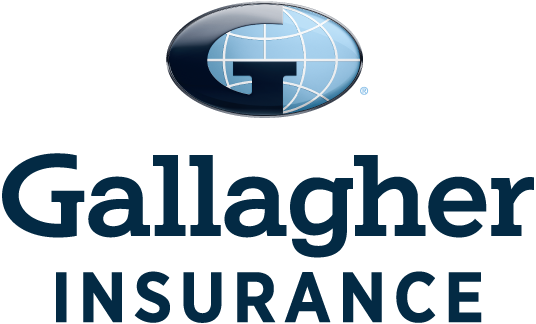Hit enter to search or ESC to close
Total loss of motor vehicle process
When making a motor vehicle claim, your insurer will assess whether it is safe or economical to repair your vehicle.
In situations where there is significant structural damage, or the electrical systems or safety features have been compromised, your insurer may be required to deem your vehicle unsafe to repair.
In other cases, if the quote from your nominated repairer is close to the value of your vehicle, or if the photos provided clearly indicate a total loss, your insurer may consider your vehicle to be uneconomical to repair.
In these scenarios, your insurer will undertake additional steps in the assessment process. While the process can vary, here is an overview of what you can expect:
Assessment process
The insurer’s assessor will review the quote and photos provided by your repairer and conduct a detailed evaluation, which includes:
- Determining the safety of repair: The assessor will check the repair methodology against the manufacturer’s specifications or safety thresholds, and the requirements set by the NZ Transport Agency Waka Kotahi.
- Obtaining a Pre-Accident Valuation (PAV): Establishing the value of your vehicle immediately before the accident, using a registered vehicle valuer.
- Estimating the wreck value: Requesting an estimate on the likely salvage return for your damaged vehicle, typically through an automotive auction house.
If your vehicle is deemed structurally unsafe to repair, or if the cost of repairs is determined to be uneconomical, your insurer may declare your vehicle a ‘total loss’. This is also referred to as a ‘write-off.’
Total loss claims settlement
Establishing the settlement of your claim depends on the type of coverage outlined in your policy:
- Market Value Coverage: If your vehicle is covered for market value, your insurer will present an offer based on its market price immediately before the loss or damage occurred. They will provide you with a copy of the Pre-Accident Valuation (PAV).
- Agreed Value Coverage: If your vehicle is covered for an agreed value, the value is the sum insured as shown in your policy schedule.
Please refer to your policy to understand what you are covered for, or speak with us.
Deductions from settlement offer
Your insurer may deduct the following amounts from the settlement offer, where applicable:
- Remaining vehicle finance (paid directly to the interested party)
- Balance of any premium finance (paid directly to your premium finance provider)
- Your policy excess
- Outstanding road user charges
If you agree with the offer, the insurer will make payment to your bank account and your broker will have the vehicle removed from your policy. If you disagree with the offer, please contact us for advice and assistance in reviewing your options.
COMMON QUESTIONS
Do I have to pay the excess if the damage to my vehicle was caused by someone else?
The policy excess is the amount that you need to contribute to the cost of a claim. The excess may be waived if you provide the details of the other person involved in the claim, including their registration number. If you need to pay an excess, it will be deducted from your settlement payment.
What is a Pre-Accident Valuation (PAV)?
A Pre-Accident Valuation (PAV) is an assessment of the fair market value of a vehicle immediately before the loss or damage occurred. This valuation is conducted by an independent registered vehicle valuer to ensure accuracy and impartiality.
What can I do if I am not happy with the pre-accident valuation amount?
We have two options that we can pursue with your insurer to potentially secure an increased offer for you. Firstly, if the current valuation provided by the insurer did not include any of the vehicle accessories or contains incorrect details, we can request the valuer to amend the information and revise their valuation accordingly.
Alternatively, if the valuations are consistent and accurate, you can obtain your own valuation from a licensed motor vehicle valuer. We recommend this approach so that you have control over the process. It is important to note that if the insurer obtains another valuation that is lower, it may potentially reduce the settlement offer, as insurers typically use the average pre-accident value (PAV) for their calculations.
I cannot be without a vehicle. Can I claim for a hire vehicle and get this covered by my policy?
If you have taken the optional benefit for loss of use then hire costs up to the specified amount are covered regardless of fault (a policy excess or deferment period applies).
I can’t buy a car at current prices as similar cars are listed on Trade Me for a lot higher.
The insurance policy covers the vehicle's market value at the time of the loss – not a replacement vehicle (unless it is an agreed value policy). If you were to buy a new vehicle off the lot, the dealer would have made it yard ready i.e. full check-over, touch-up paintwork, valet, new tyres and new WOF/Registration etc.
Should the insurer take into account the $5,000 I just spent on a new motor and transmission?
Unfortunately, these are examples of the normal expenditure needed to maintain a vehicle and do not tend to increase its market value.


How we support you
As your insurance broker, we do all we can to minimise the concern and disruption that can be associated with a claim.
Our claims experts are here to support you through the process and ensure your claim is settled as quickly and smoothly as possible.
For more help, please contact us on 0800 252 461 or claims.team@ajg.co.nz

